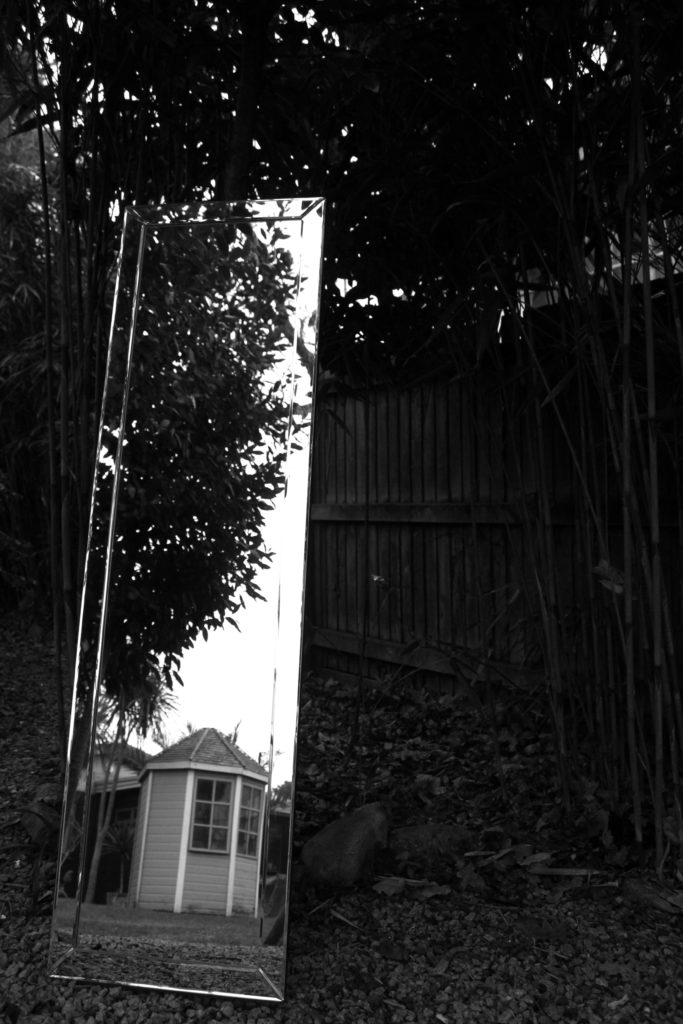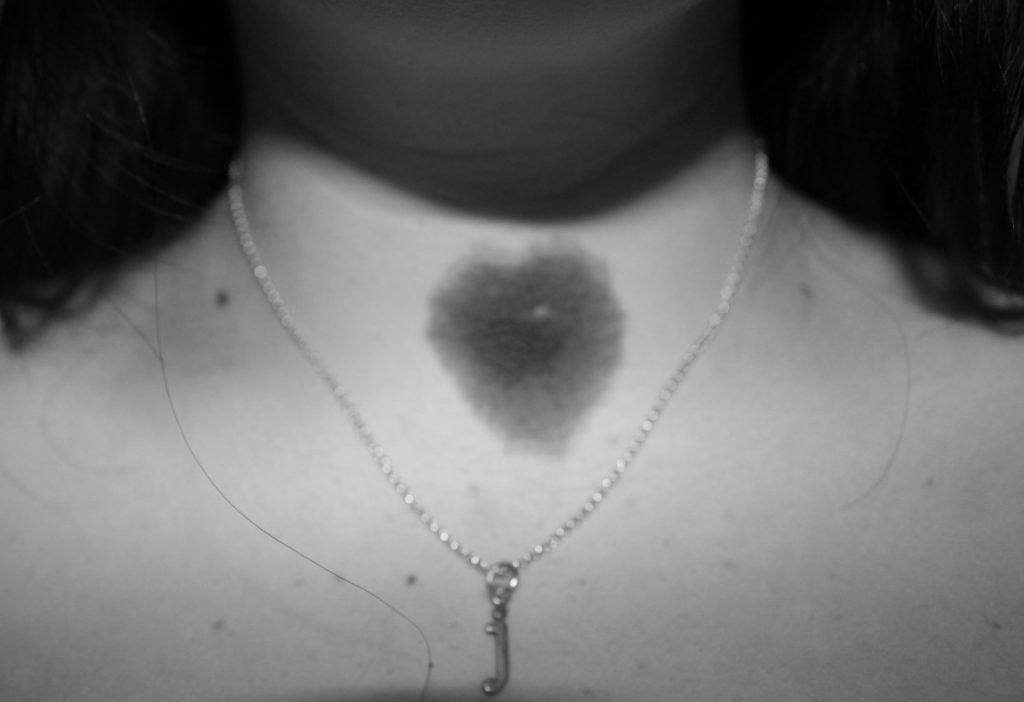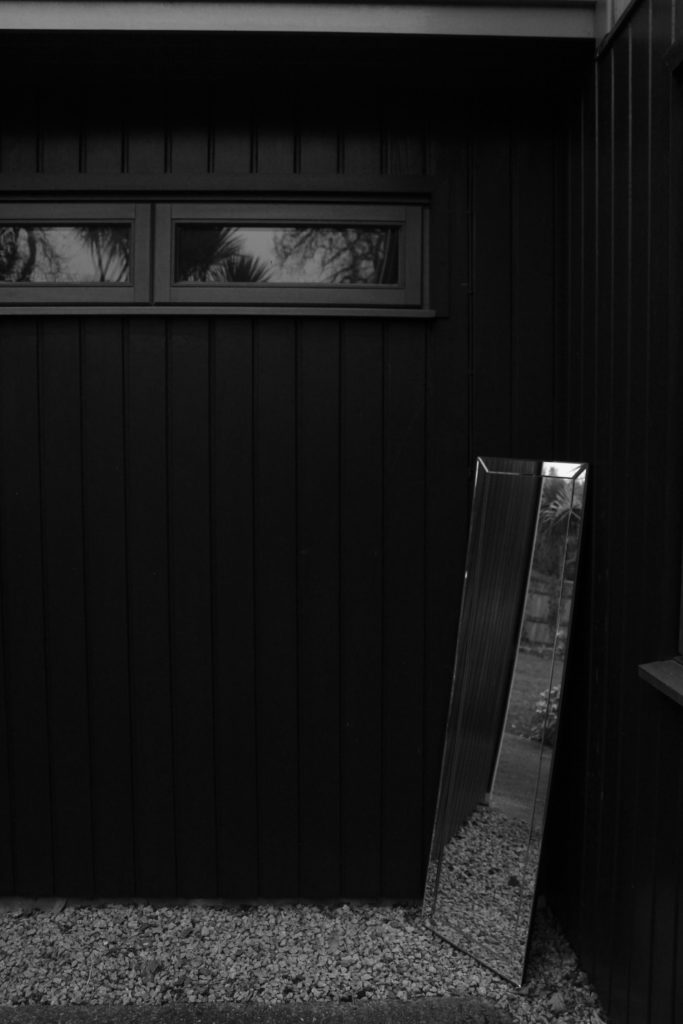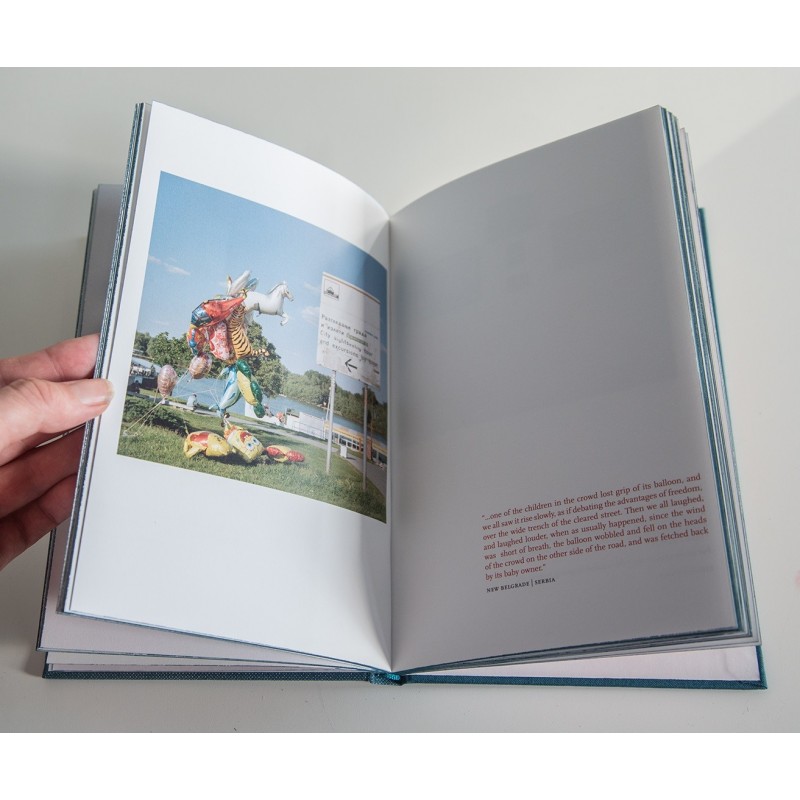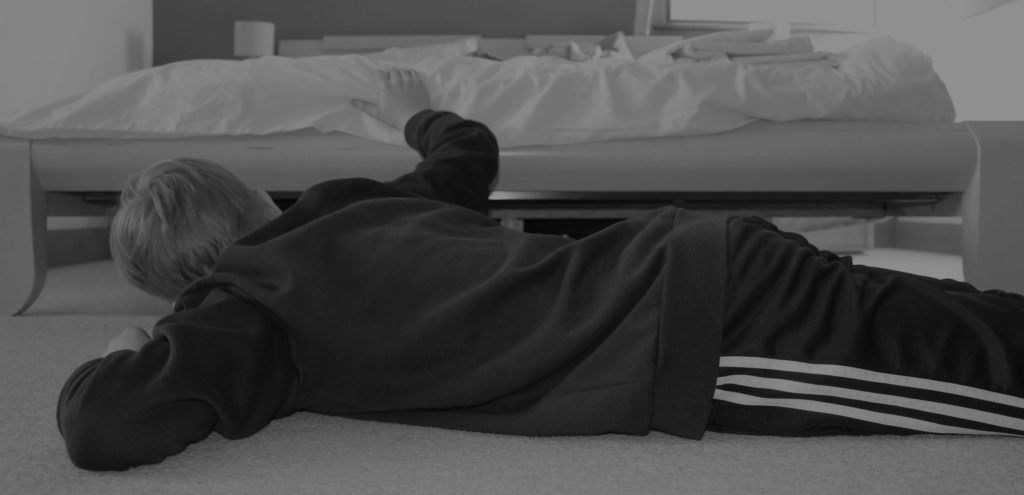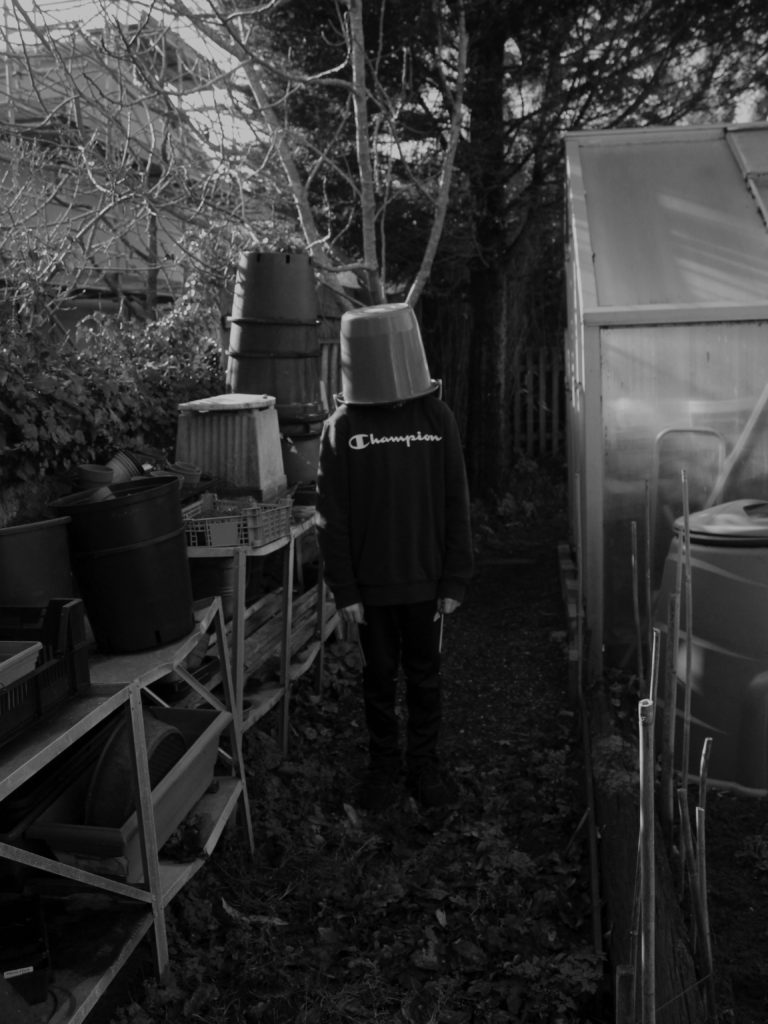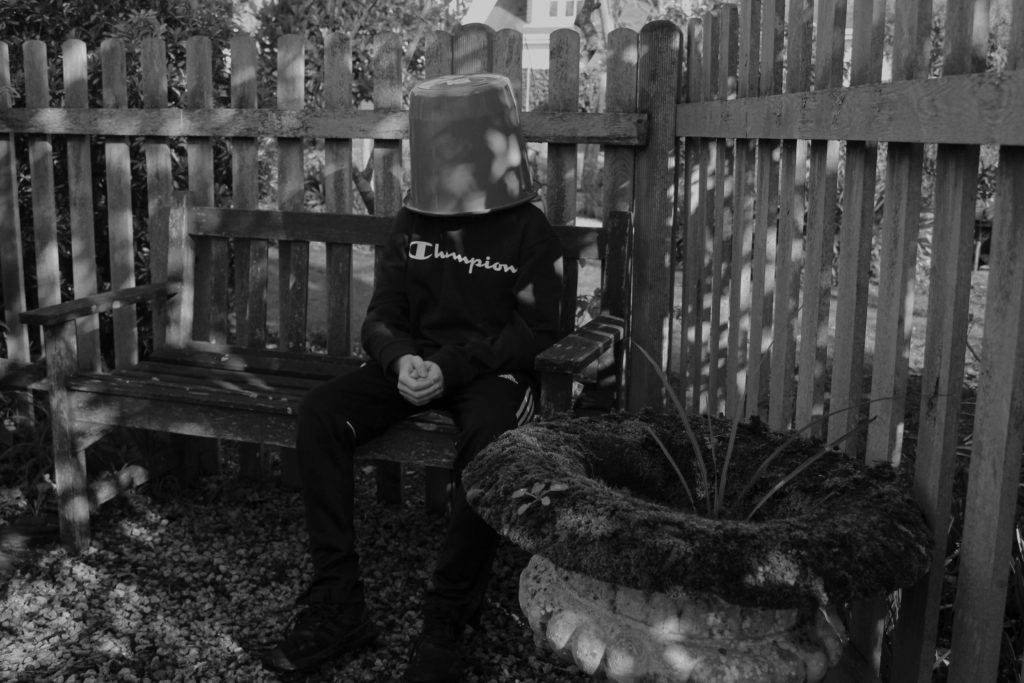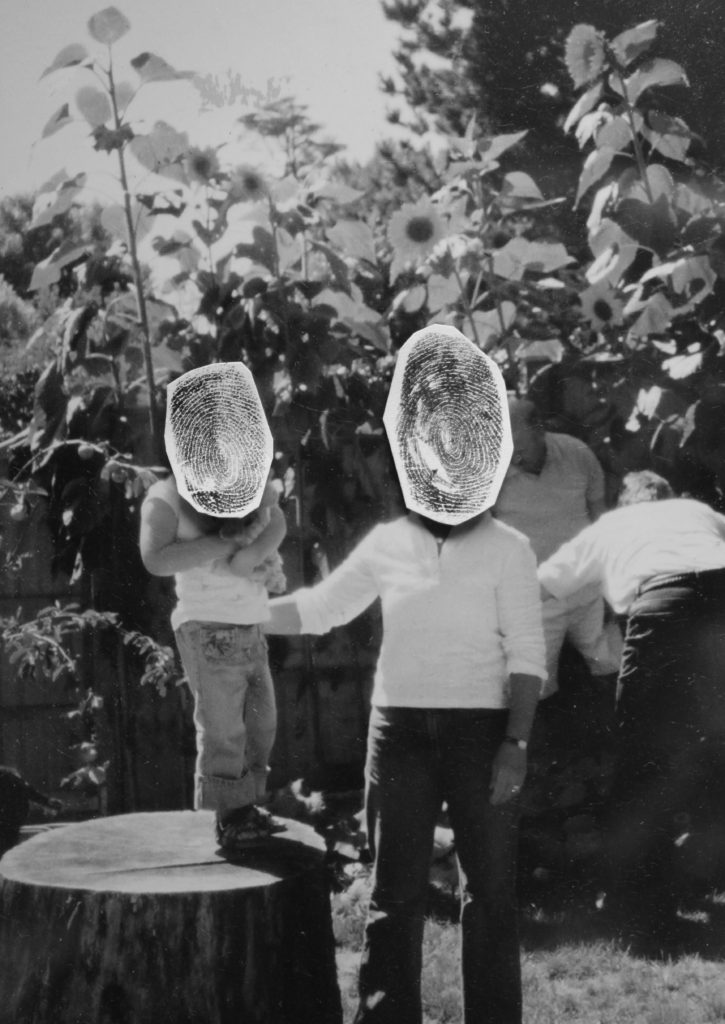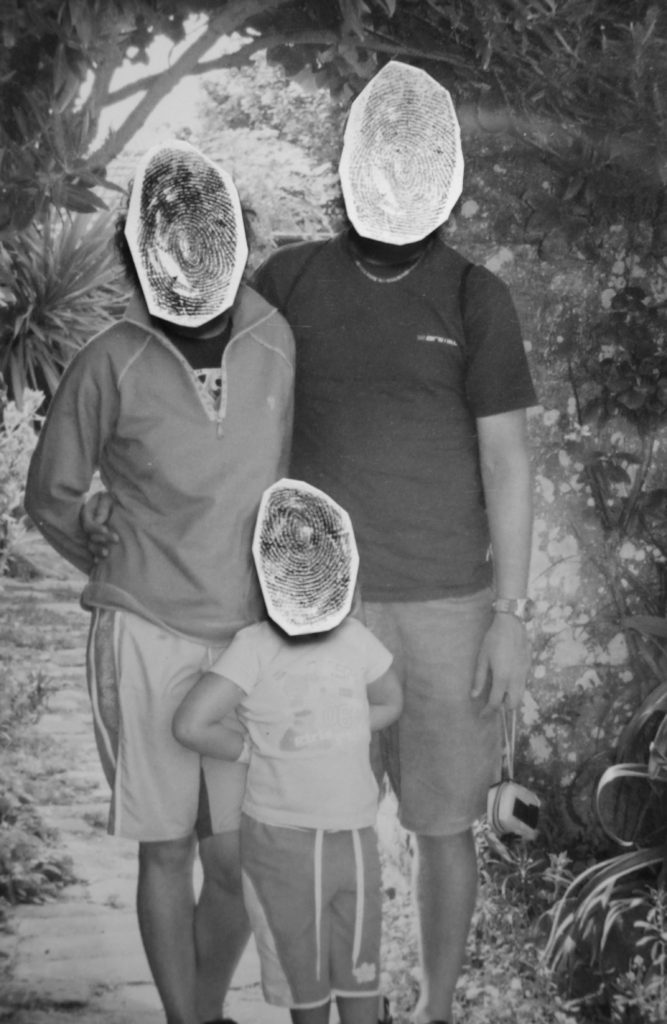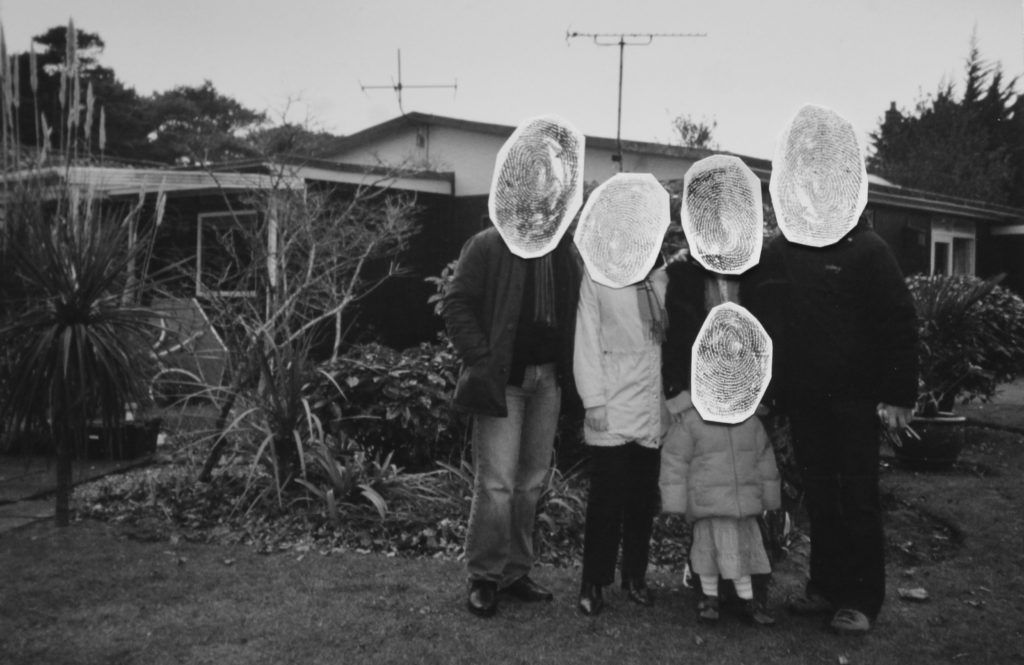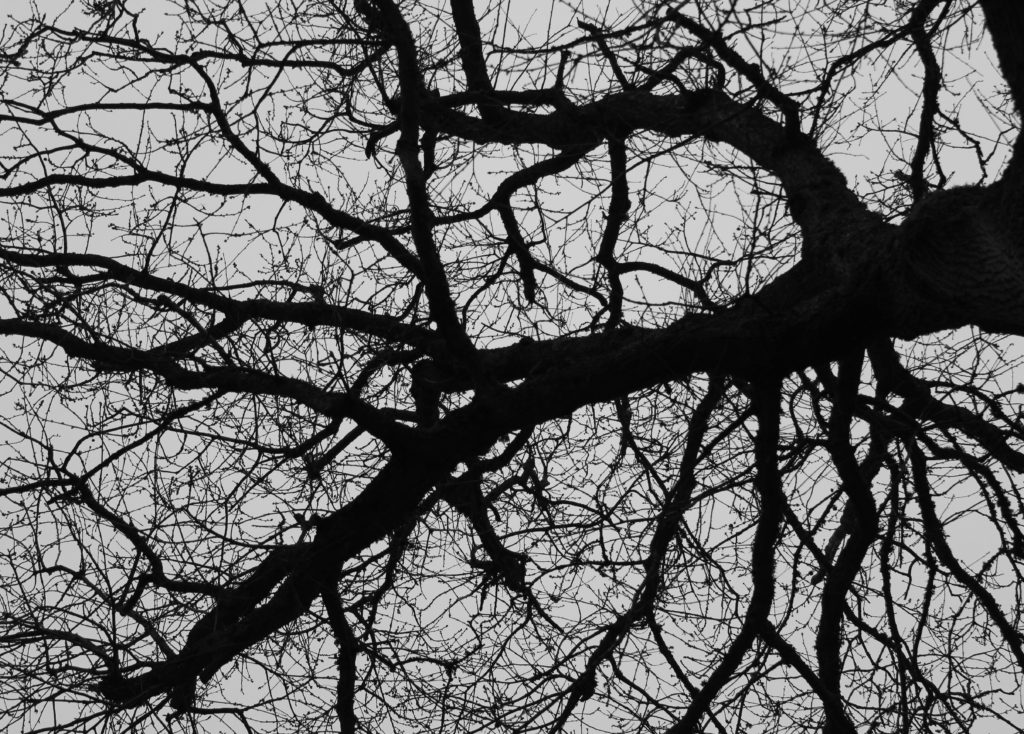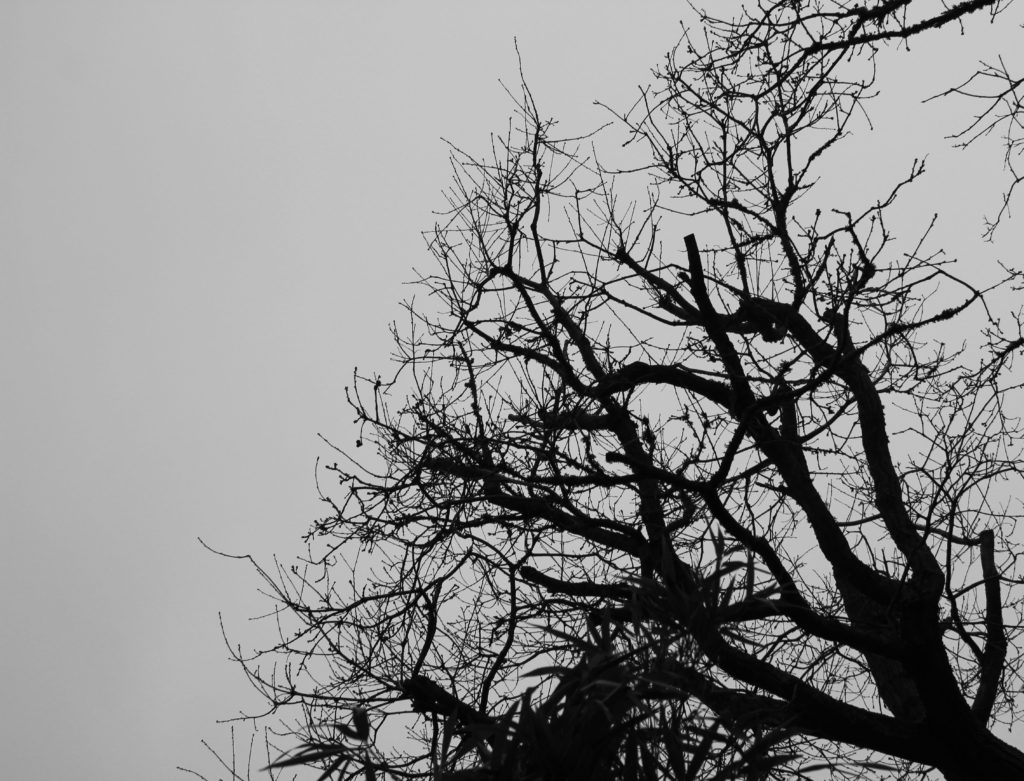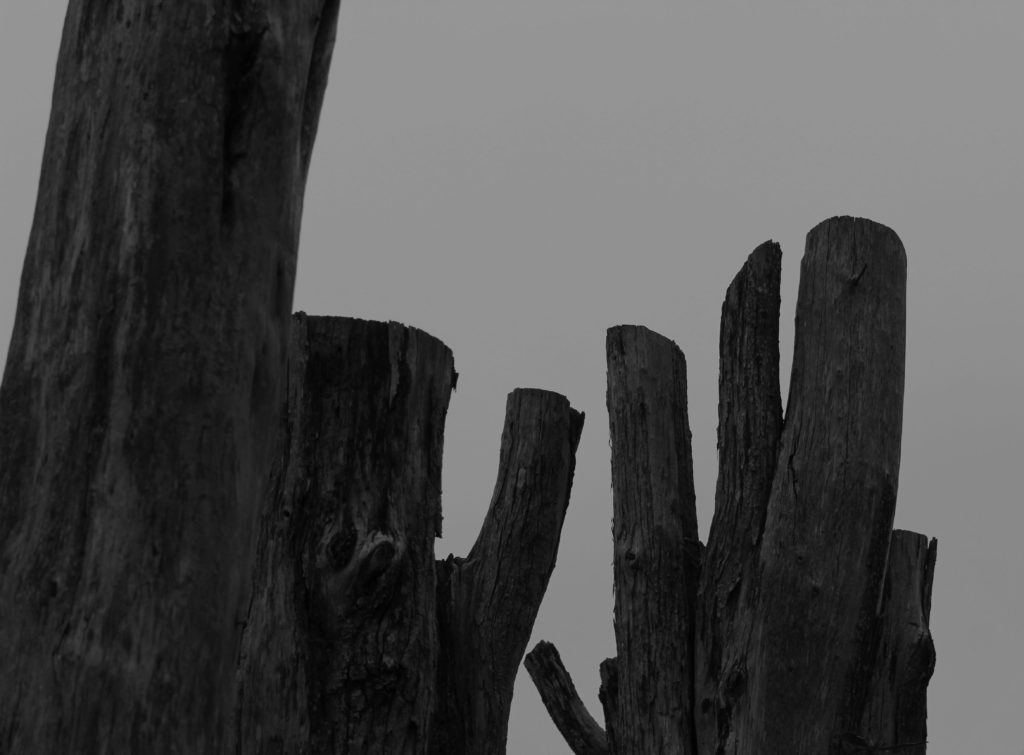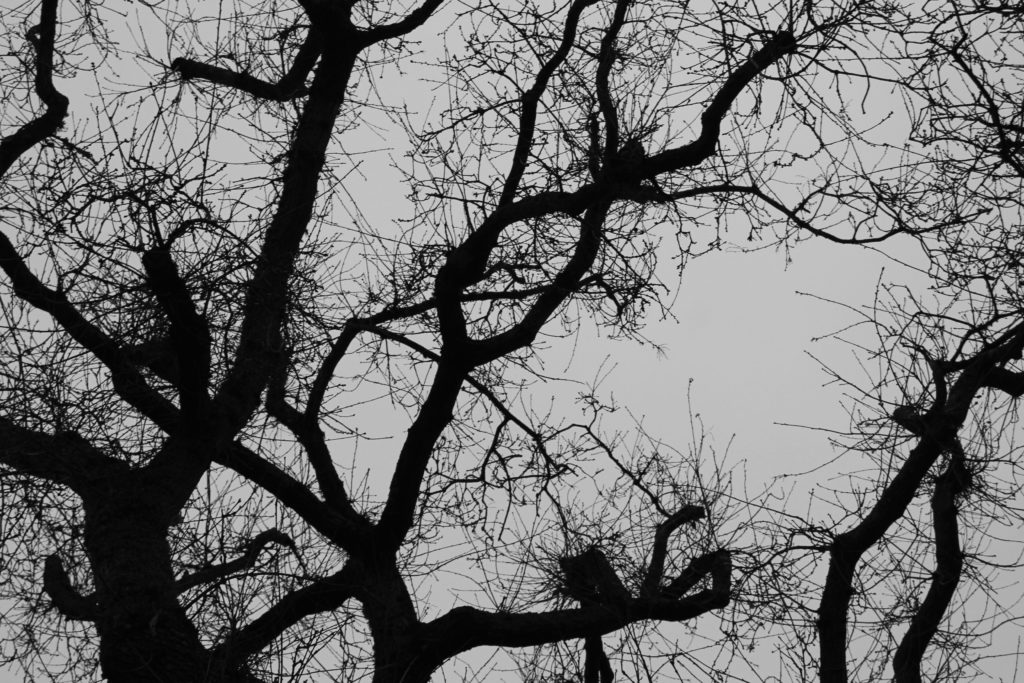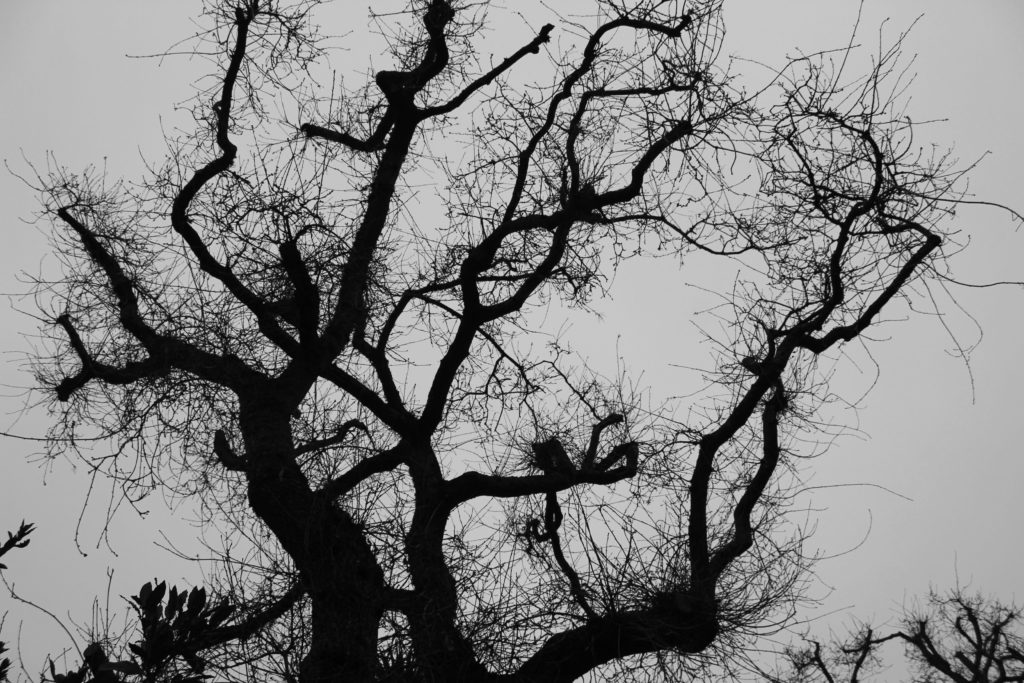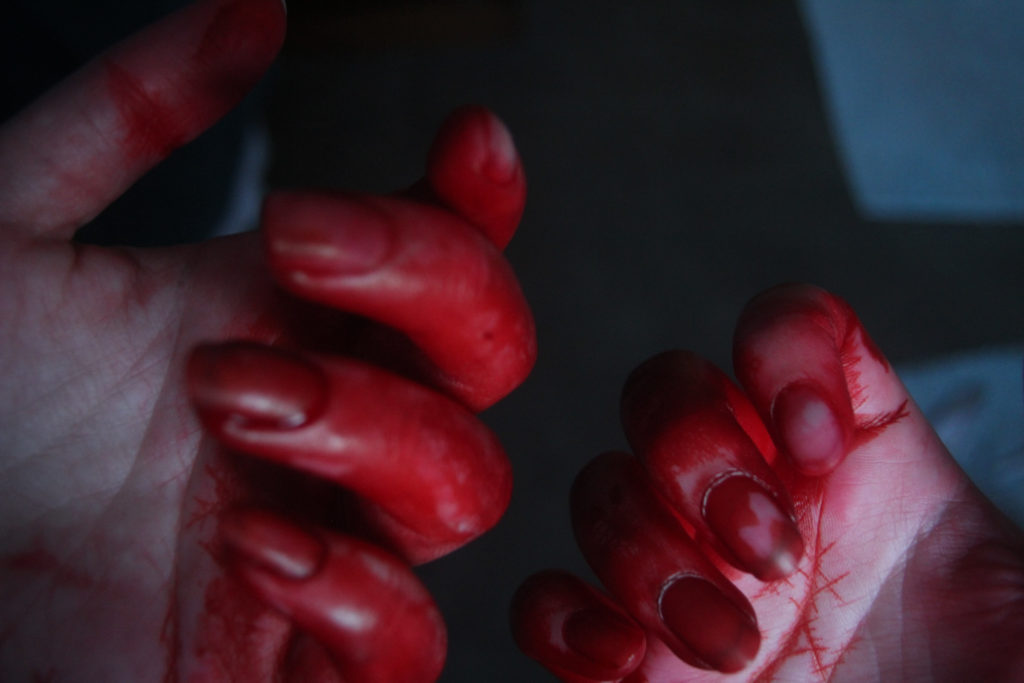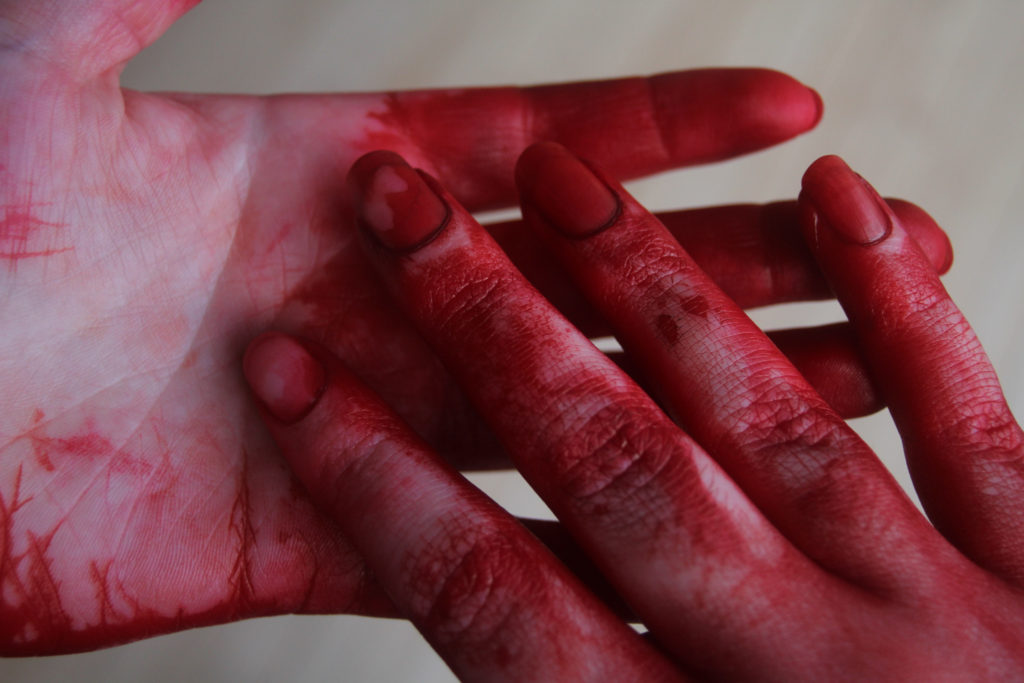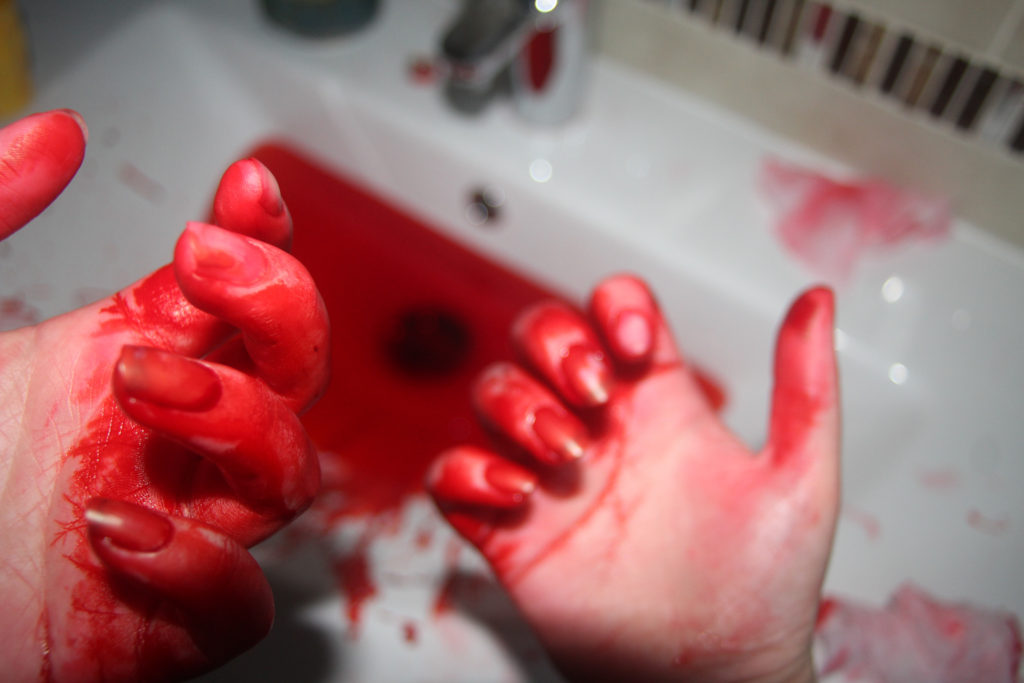YU The Lost Country- Dragana Jurisie
Initial thoughts: From reading the title I assumed it was a documentary photo book about an unknown country. The image on the front page and the colours give a gloomy impression.
Dragana Jurisie: She was born in Slavonski Brod, Croatia which was then known as Yugoslavia. Now she lives in Dublin as a photographer. In 1991 her family home burnt down, this is when she said her journey as a photographer began, the day that thousands of prints and negatives her father made were destroyed. Jurisie realised that day the power photography has over memory, after the fire her father never took a photograph other then a snapshot to record the damage for the insurance company. In the 1990 census she was denied the right to be a Yugoslav despite her Croatian father and Siberian mother. The reason for her exile was because “Yugoslavia does not exist. It is a heterogeneous conglomerate that you cobbled together in Paris.”
The Book: is A5 size and is portrait. It has a linen material stuck over the hard cover, which has an image printed on it in blue and white, the material gives it a pixelated filter.
The title of the book can be seen on the spine alongside the authors name. On the front cover it can be seen in the bottom right hand corner. The title ‘YU’ stands for Yugoslavia, ‘the lost country’ is situated in the middle of the ‘YU’, giving initial connotations that Yugoslavia is currently unknown, I personally had never heard of it.The title is fairly literal because Yugoslavia I now know was a state formed in 1918 that composed to six socialist republics before breaking off into five countries.
The story behind the book is about the extinction of Yugoslavia, Jurisie uses documentary photography to create this narrative, by travelling to the current countries that used to made up ‘the lost country’. The first page of the book is of another book which is all about Yugoslavia, she uses this book as a navigation for her travels.
The majority of the book follows an image on the right and text on the left but there is an odd double page spread of image on the left and text on the right. Some pages have quotes were from Rebecca West the British writer, who was in a similar situation to Jurisie, so they hold a sentimental value and hold a similar opinion to herself. None of the images fill a full page, which gives is a scrap book feel like a traveler would make of their holidays. Under the text for each page their is a note of what city in what country the image was taken.
The juxtaposition between the old maps and the new images of Yugoslavia it adds a sense of time and how much things can change. Places that used to be meaningful to you are now unknown and foreign. In literal meaning it is contrasting the past and present, for Jurisie it creates nostalgia but for me its a new story.
The text and the images create anchorage, the two elements together make the narrative, without the text the images could have any meaning and be in any country. This concept of text and images works for me as a reader, it adds structure to the chain of images especially with the name of the country, its as if I am on the journey with her. The minimalist design works in harmony with the age of Yugoslavia and how at the time the majority of photography was influenced by realism which is the pinnacle of simplicity and lack of hidden meaning.
This photobook links in many ways to my concept as its all about identity. After her exile she felt lost and unwanted so she went on a journey to reignite that feeling of comfort and belonging, but instead she felt confused as her once foreign home of Ireland was now more familiar than her real home. She used photography as a way to feel closer to her father and her home but realised like the photos she lost in the fire that she also lost her memories of her homeland. Her absence from physically being in Yugoslavia caused her to forget her time there, much like her forgetting the times in the photos that were burnt. Without being and seeing, the memory ceases to exist.


